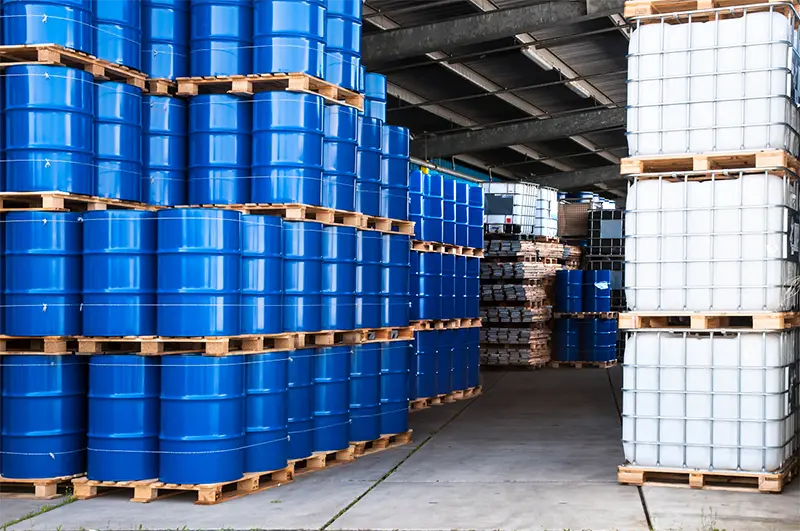Heavy Chemicals vs. Fine Chemicals
The chemical industry is a diverse and expansive field, encompassing a wide range of products and processes. Within this industry, two distinct categories emerge: heavy chemicals and fine chemicals. While both play significant roles in various sectors, there are fundamental differences between them. In this article, we explore the disparity between heavy chemicals and fine chemicals, shedding light on their production, handling, and characteristics.
Defining Heavy Chemicals:
Heavy chemicals, also known as commodity chemicals, refer to chemical substances that are produced and handled in large quantities. These chemicals are often in a crude or raw state and are manufactured on a massive scale. Heavy chemicals serve as building blocks for numerous industries, including agriculture, construction, and manufacturing. Examples of heavy chemicals include sulfuric acid, ammonia, sodium hydroxide, and polyethylene.
Characteristics of Heavy Chemicals:
Large-scale Production: Heavy chemicals are typically produced in enormous quantities to meet the high demand from various industries. The production processes are designed for efficiency and cost-effectiveness, often involving continuous or batch production methods.
Crude State: Heavy chemicals are commonly produced in a crude or raw form, lacking the purity and refinement associated with fine chemicals. They may undergo further processing or purification stages before being used in downstream applications.
Wide Range of Applications: Heavy chemicals serve as foundational materials in the manufacturing of countless products across multiple industries. They are used for purposes such as fertilizer production, water treatment, chemical synthesis, and the production of plastics and other polymers.
Understanding Fine Chemicals:
Fine chemicals, also known as specialty chemicals, are distinct from heavy chemicals in terms of production, handling, and applications. Fine chemicals are typically produced in smaller quantities and are known for their high purity and precise composition. They often require specialized manufacturing processes and are used in industries such as pharmaceuticals, personal care, and electronics. Examples of fine chemicals include pharmaceutical intermediates, flavors and fragrances, dyes, and catalysts.
Characteristics of Fine Chemicals:
Specialized Production: Fine chemicals are produced in smaller batches using carefully controlled processes. The production facilities are designed to ensure high purity and precise composition, often involving complex synthesis or extraction methods.
High Purity and Specificity: Fine chemicals are known for their exceptional purity and precise chemical composition. They undergo rigorous quality control measures to meet strict industry standards. The high purity and specificity make them suitable for applications that demand a high level of precision and reliability.
Niche Applications: Fine chemicals find application in specialized industries where quality, performance, and specificity are paramount. They are used in pharmaceuticals, agrochemicals, cosmetics, specialty polymers, and other sectors that require unique chemical properties and performance characteristics.
Conclusion:
In the expansive chemical industry, heavy chemicals and fine chemicals represent two distinct categories with contrasting characteristics. Heavy chemicals are produced in large quantities and often in a crude state, serving as foundational materials for various industries. On the other hand, fine chemicals are produced in smaller batches, exhibit high purity and precise composition, and find application in niche industries that require specialized chemical properties.
Understanding the differences between heavy chemicals and fine chemicals is crucial for stakeholders in the chemical industry. It allows for better comprehension of the diverse range of chemicals and their respective roles in different sectors. By recognizing the unique characteristics and applications of heavy chemicals and fine chemicals, manufacturers, researchers, and consumers can make informed decisions and leverage the strengths of each category to meet their specific needs.






